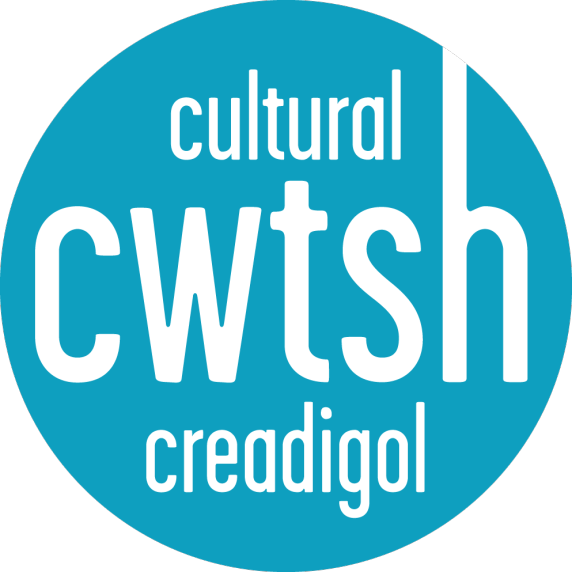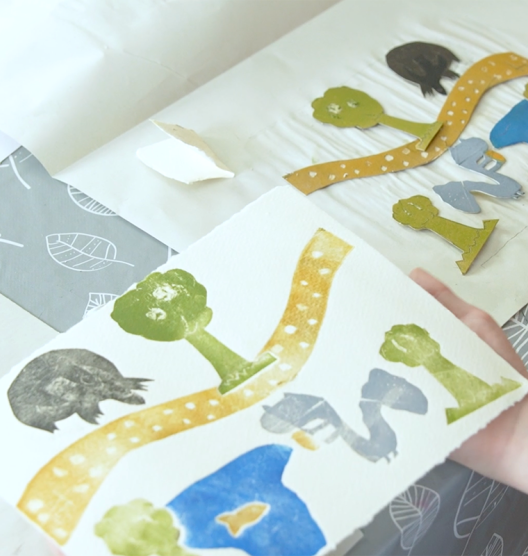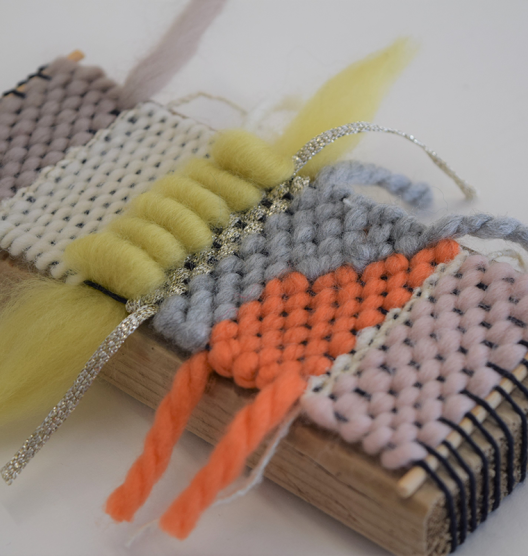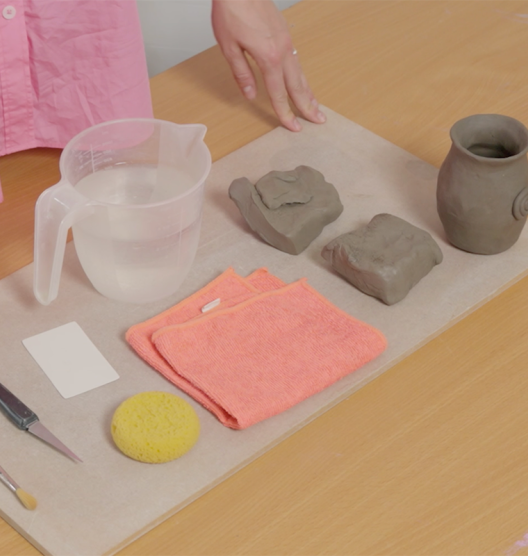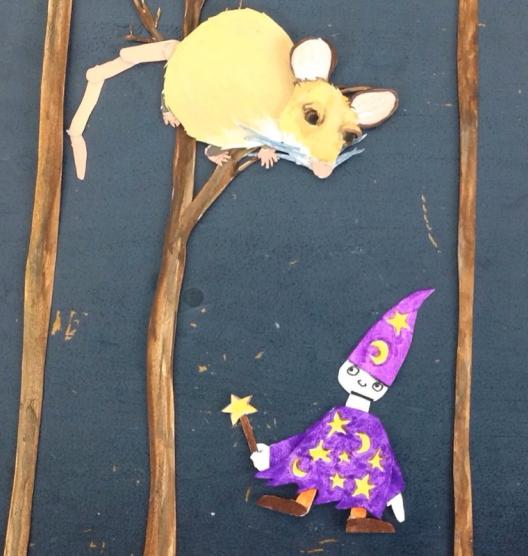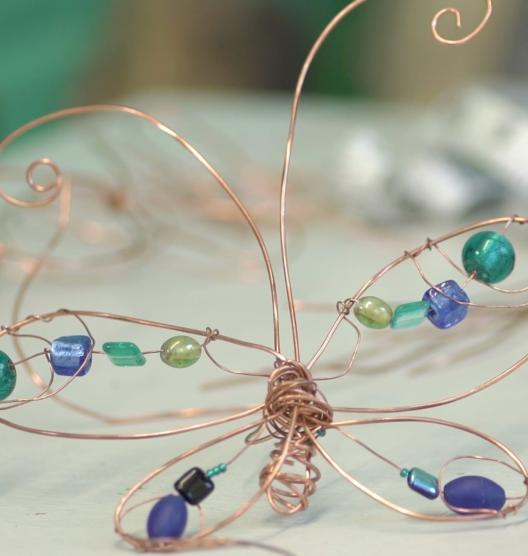A drawing a day can nourish you in ways you didn’t think possible.
I have drawn all my life and I can’t imagine a life without it. As a practice it maintains my wellbeing, teaches me about looking and how to develop a visual language, demonstrates who I am and encourages me to look out at the world.
When I draw I observe and listen to my subject, literally and metaphorically capturing the quality of energy I am witness to. The resulting image reveals, through accumulated traces, a drawn equivalent of that experience. I translate the energy of movement and sound into a visual language that dances on the page.
My work has been exhibited widely since 1986 and is in national and international collections. The National Library of Wales recently purchased my work for their collection.
I have been contributing to the Arts in Health sector since 1987. Suffering chronic ill health since age 16 and trauma as a child I know that art and music saved my life. I understand how therapeutic is it to engage in the creative process. However, I work with Art with a capital A. It is not therapy. Complex engagement in art forms grows me in ways that are both healing and revealing.
My aim as a facilitator is to draw the artist out from the participant - to elicit their authentic autographic gesture while teaching technical and visual language skills. I want to give a participant the tools and confidence to express themselves in the fullest possible way.
One of my students said:
‘The most valuable part of the course was being given tools, in the form of exercises, to approach drawing using many senses. Freedom and uses of technique were combined to enhance my learning process and allow me to ‘awaken’ something in myself.’
Participant in Connected Drawing course for adults. (2017 Trigonos, Gwynedd)
The three exercises I offer you as Cultural Cwtsh’s can be used to develop your own practice. Do them regularly, apply them to other subject matters and I hope you will find that a drawing a day can nourish you in ways you didn’t think possible.
Maria Hayes BA(Hons) MA PhD
LOOK
Observational Drawing
The basis of observational drawing is looking, observing. Yet it is quite difficult to keep your eyes on what you are looking at and trust your hand to follow your eyes onto the paper. I hope this exercise will help you to develop hand-eye coordination and give you confidence to have a go at drawing anything you see. I try to draw every day, it is usually an observational drawing.
Fill a sketchbook by making a drawing a day for a month and your skills will strengthen. It may only be for fifteen minutes a day, but that will be enough to make a difference. Use cartridge paper and B, 2B and/or 4B pencils.
Begin by looking at the darkest parts of your subject first, then compare with the lightest and work in between the two. More pressure on your pencil will give you a darker mark, less pressure and it will be lighter. Allow your eyes and hand to learn how to see what is in front of you. Do not be concerned with making an ‘accurate’ copy of what you see - we have cameras for that. You are not a camera but a complex, unique, feeling, sensing being. If you focus on what you are looking at this will come through naturally.
LISTEN
Drawing Music
Music is very important to me and I have physical as well as emotional responses to it. When you draw music, you dance on the page. I often perform with musicians and we improvise together.
This exercise can be done with your eyes open or closed, however it suits you. Music is an abstract language so the marks you make will be scribble-like. They are not trying to look like something, but to be like something. They are meaningful scribbles.
Choose your music. Put it in your ears through headphones if you like. Secure your paper and have your materials to hand. Or set up your iPad and have a quick practice with the app you are using – I use sketchbook. Try to do each drawing in time with the music, without pausing.
TOUCH
Touch Face Drawing
By closing your eyes and drawing from touch you allow your body to experience drawing a subject in a very different way from observational drawing. The experience can teach you how you feel about things and that will come through in the marks you make. This can be emotional, but trust in the process and keep going.
Touch drawing can begin with your face, but your subject could also be a shell, a stone, a bone … anything you choose. You may only draw for five minutes - that’s fine, that’s enough.
Sit quietly with your subject. Lay out your materials in front of you and secure your paper so it doesn’t move as you work. Charcoal is an ideal material for this exercise.
Begin on an out breath and keep breathing calmly as you work. Often we hold our breath when we are nervous - it just tenses your muscles and this affects the drawing.
Draw with your eyes shut and don’t open them until you have completed your drawing process. Feel your way.
A word about looking at your work
Do not judge any of your drawings for at least a year. Give yourself a year of acceptance.
If you do want to look at your drawings, only look at them with love. This is hard - it is much easier to listen to the harsh critic than the admiring supporter. If you hear an inner critical voice - close your eyes and stop listening immediately. Only look at your work with love and acceptance. Practice this until you can look appreciatively for a whole minute.
There will be plenty of time to develop critical looking when you have been practicing for at least a year.
What do you think?
We'd love to hear your feedback.
